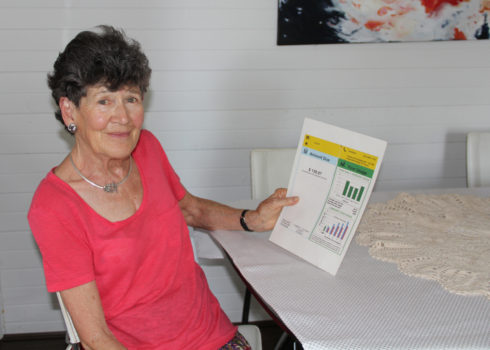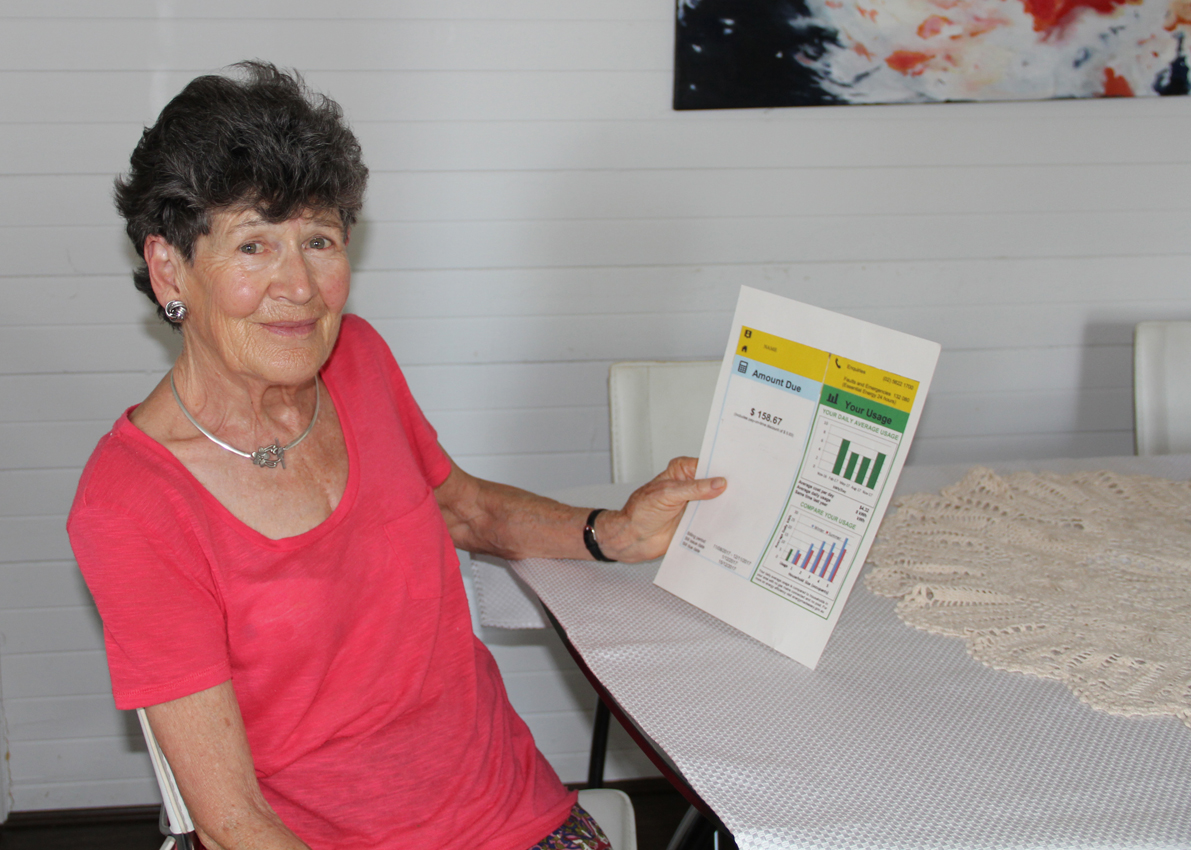 Choosing an electricity retail provider is often challenging. Privatised electricity companies generate substantial profits and can confuse consumers. A common trick is to increase prices, then entice customers with impressive-sounding discounts. .
Choosing an electricity retail provider is often challenging. Privatised electricity companies generate substantial profits and can confuse consumers. A common trick is to increase prices, then entice customers with impressive-sounding discounts. .
Until August 2017, another trick was to offer 20-30% ‘discounts’ for 12 months, after which, unless the plan was formally renewed, the cost per kWh of electricity increased by 25-43%. Thankfully, retailers are now required to send customers comprehensive information, so they know to ask for repeat discounts.
There’s a vast range of deals available with widely different connection fees (a daily charge) plus many different tariffs – for households with solar, households that prefer green power, use overnight water heating and those with meters that record consumption by time of day and even special deals for pensioners.
Fortunately, the internet can help. If you don’t have solar panels, the government website energymadeeasy.gov.au is useful. The free website wattever.com.au is even better at helping all users to find the best plan. It compares all offers from all retailers, even those that don’t advertise with WATTever.
For best results, dig out recent electricity bills to see how much electricity you use. A simple way, if you have only one meter, is to use the average daily consumption in both summer and winter. A unit of electricity is known as a kilowatt-hour (kWh). If you use 6 kW a day in summer and 16 in winter, that’s an average of 11 kWh per day. Put this information into WATTever and use the side panel to choose other options like whether you want green power, or carbon offsets. The side panel can also estimate the savings from adding solar panels to your house.
Some households, particularly those with solar panels, usually have time-of-use (TOU) meters to record consumption by time of day – peak (from 7 to 9 am & 5 to 8 pm weekdays), shoulder (9 am to 5pm & 8pm to 10pm weekdays) and off-peak (all other times). Enter the totals for each period and the number of days covered by the bill. Households with time-of-use meters are often on the default ‘anytime’ single tariff but may save money by switching to time-of-use charging.
Some households often have 2 separate meters – one for normal use, the other for a special ‘controlled load’ electric water-heating tariff.
Whatever retailer you choose, the more electricity you use, the higher your bill. But by following these simple steps, everyone can save money, and by opting for green or solar power, also help to save the environment.
By: Dorothy Robinson, Statistician
